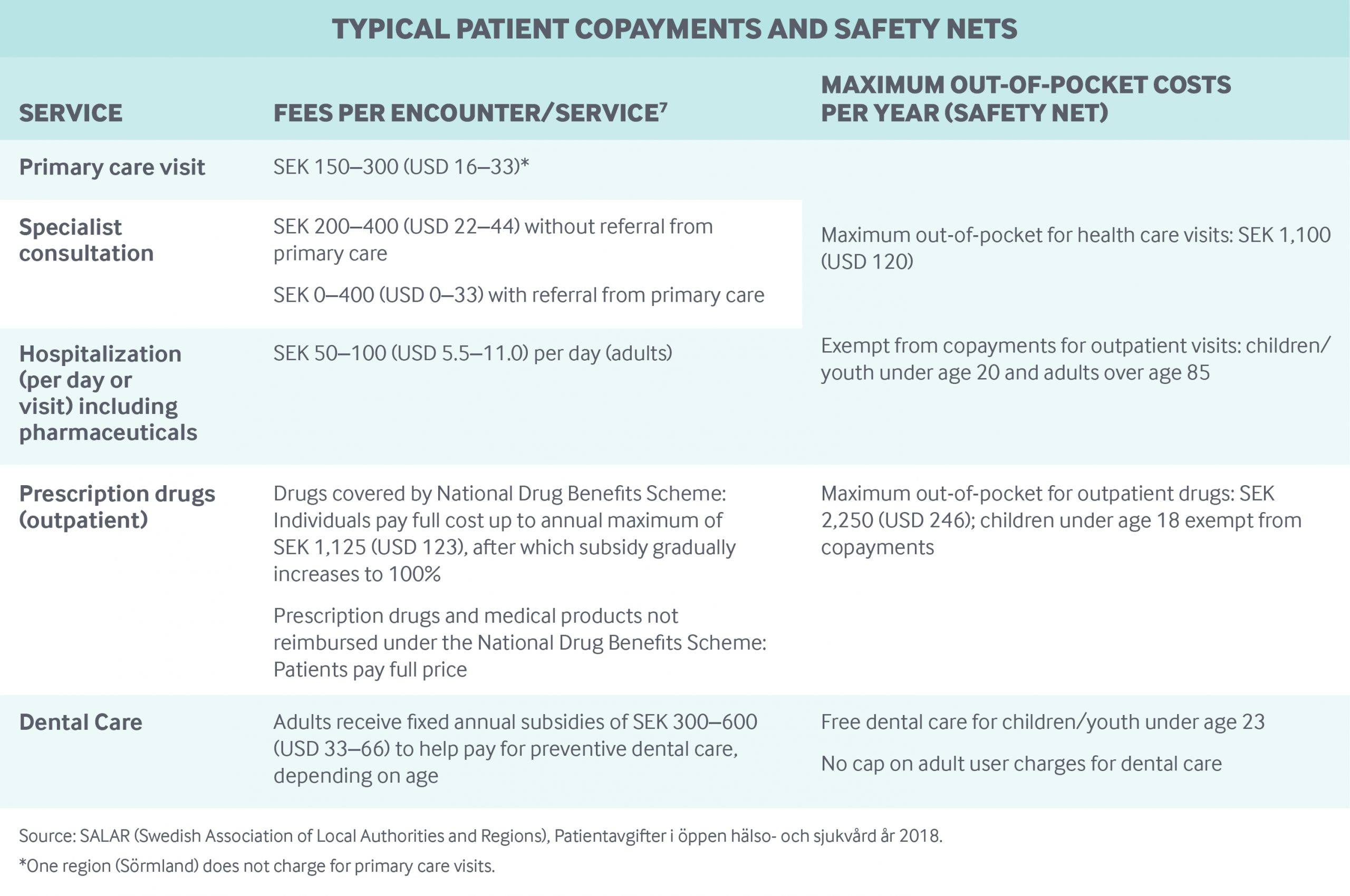
Home health admissions saw a slight decline in volume during the fourth quarter of 2019. Meanwhile, referral trends appear to be holding steady.
That’s according to recent data from PlayMaker Health, a post-acute growth platform that serves hundreds of organizations across the country.
Specifically, Q4 saw a 2.45% decline in home health admissions, nationally. The decline in home health admissions in Q4 was on par with the previous quarter, which saw a 3.38% decrease in patient volumes, nationally.
When looking at data from the same period, 60% of home health referrals were from community sources, while 40% of referrals were from institutional sources.
This isn’t a major change from Q3 2019, which saw 59.9% of home health referrals coming from community sources and 41.1% coming from institutional sources.
After the implementation of the Patient-Driven Groupings Model (PDGM), experts predicted that providers would largely focus on referrals from institutional sources. Under PDGM’s 432 case-mix groupings, reimbursement is usually higher when caring for patients discharged from institutional settings, including hospitals or skilled nursing facilities (SNFs).
In reality, there was only a tiny increase in the percentage of institutional sources.
“If you look at Q4, it shows that people were starting to implement their plan to make sure there was an emphasis on institutional referrals,” Holly Miller, chief revenue officer at PlayMaker Health, told Home Health Care News. “I think what I’m pleased to see is people aren’t shying away from community referrals, which I think everybody was worried would happen. That wasn’t the case.”
As the home health industry begins to see more post-PDGM data, it may also start to see a further increase in institutional referrals.
“Post-PDGM data, meaning Q1 and Q2 2020, we’ll start to see those numbers increase on the institutional resources, but I don’t think it’ll be dramatic,” Miller said. “I think it will start to level out.”
The public health emergency may also impact these numbers, as providers have already reported that they are treating COVID-patients and others in the home.
Additionally, Q4 2019 data showed that patients are using Medicare Advantage (MA) at a rate of 34% of Medicare. This is a 4% increase over the prior period, which saw patients using MA at a rate of 29%.
This growth is partly due to the high number of plan options.
There was also more aggressive growth in newer markets, according to Miller.
“This makes sense based on the number of Medicare Advantage plans coming to the market, which is causing a shift,” she said. “If you break it down by various states, several had double-digit growth for Medicare Advantage. [Even] states that we don’t typically see pop up. For example, Michigan had 11% growth and Indiana had a 10% growth. Mississippi had a 13% growth.”
One factor to keep in mind when evaluating home health care data trends in recent quarters is the mergers-and-acquisitions activity that took place during the time, Miller noted.
“Some of these numbers are the result of the tremendous amount of mergers and acquisitions that happened from 2018 to 2019,” Miller said. “For example, over that time period, I think we had a 3.6% decrease in agencies overall from 2018 to 2019, because of [M&A activity].”
The post Home Health Admissions Down 2.45%; MA Enrollment Up 4% appeared first on Home Health Care News.